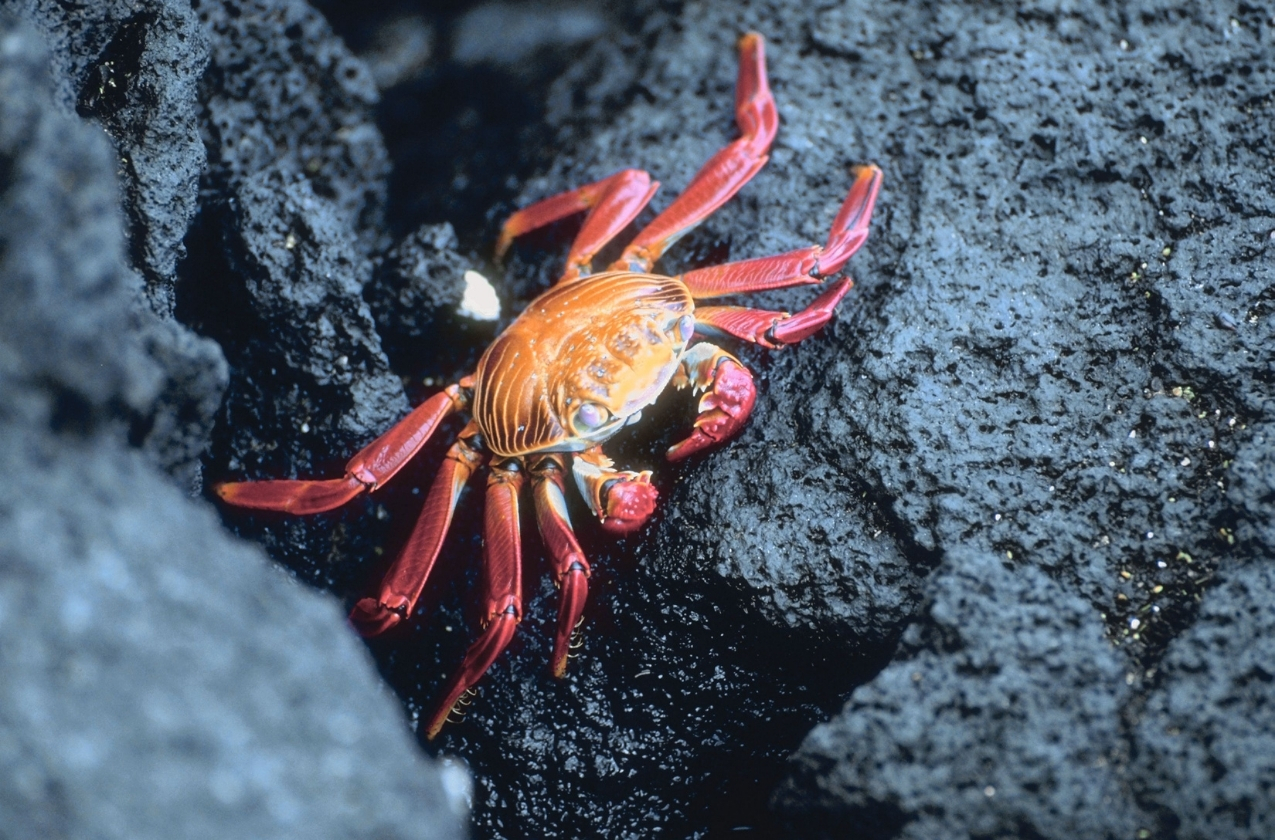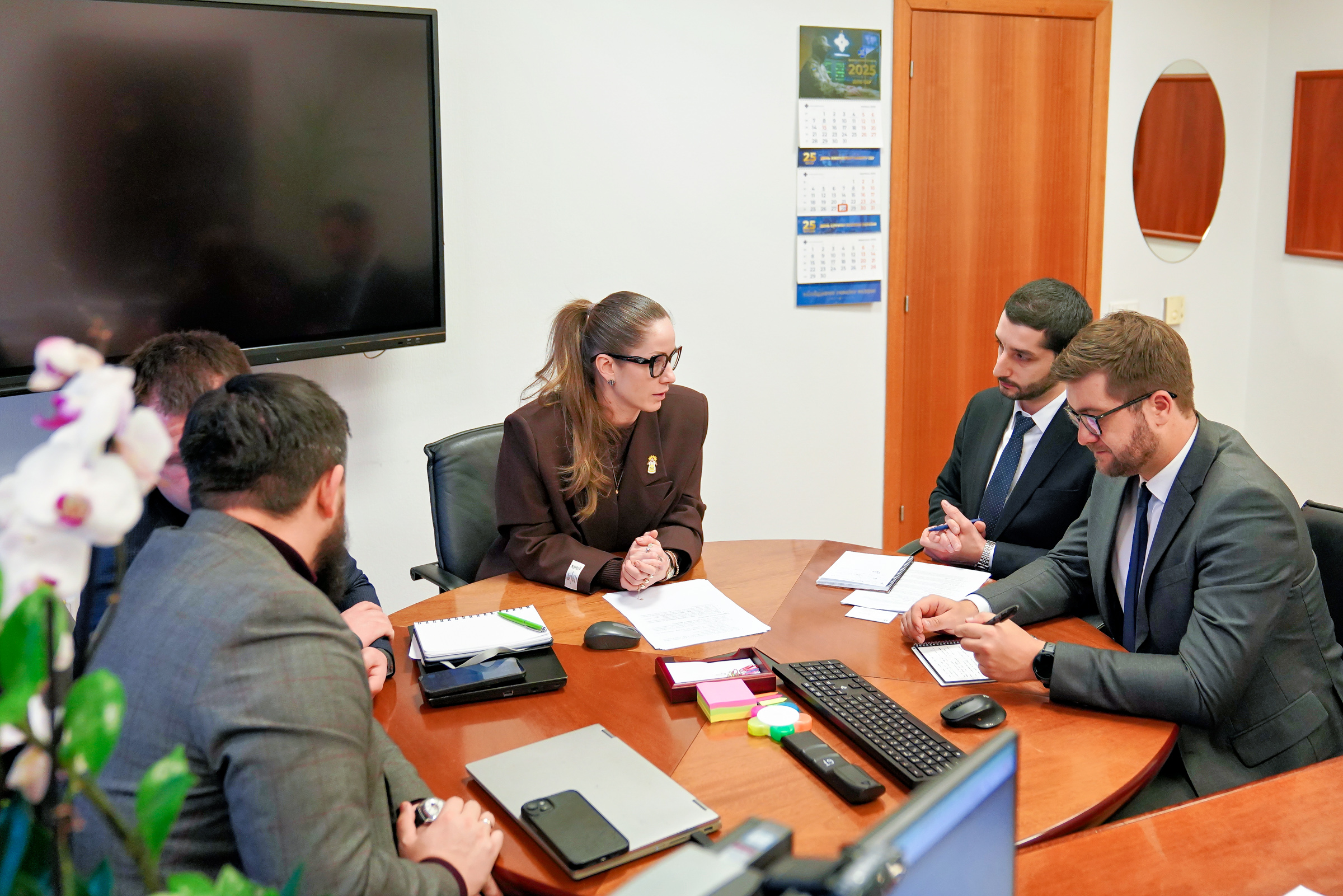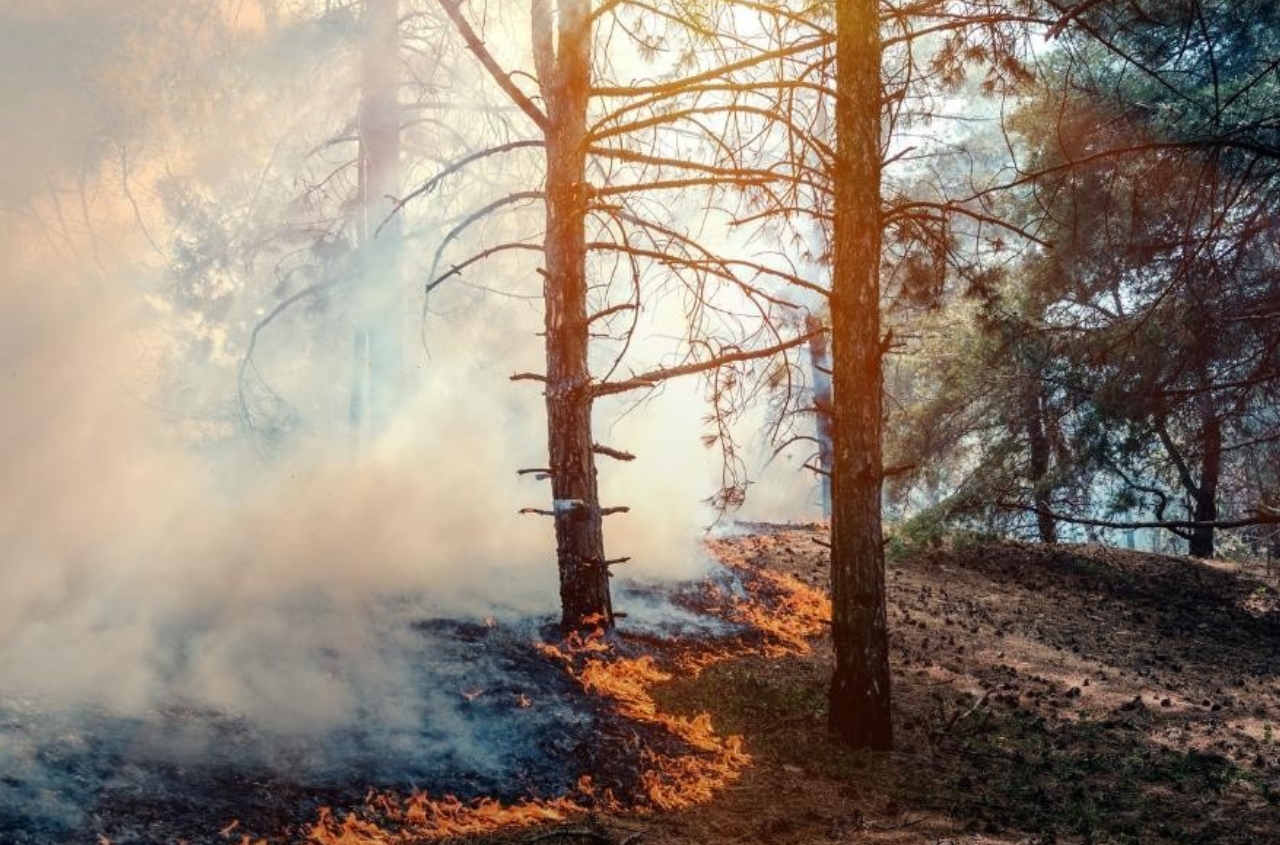It is impossible to imagine a sea coast without crabs. These hard-working members of the ocean’s clean-up crew play a significant role in the utilisation of dead fish, molluscs, and other decaying organic material. Crabs move across the seafloor predominantly sideways; they go ashore mainly at night, and breathe air. The species that can not only walk but swim are portunid crabs. This became possible when their back pair of legs broadened and transformed into fins. In the Black Sea until recently, such ‘swimming’ crabs were represented by a single main species: the small flying crab (Liocarcinus holsatus).
Until the middle of the last century, 18 species of crabs were known in the Black Sea. The largest of them was the warty crab (Eriphia verrucosa) with an 88mm-wide carapace. Due to its size, the warty crab not only clears the sea of carrion, but also ambushes small fish, worms, and snails. The littoral crab (Carcinus aestuarii) reaches almost the same size. Both of the most numerous Black Sea crabs have ecological and behavioural peculiarities - the warty crab prefers rocky bottoms, and its colour helps it to stay camouflaged among pebbles and boulders; the littoral crab hides among algae and seaweed thanks to its greenish carapace. Carcinus aestuarii, as we can surmise from its name, prefers the most desalinated sea areas including river deltas and estuaries.

Alas, the larger the crab, the more chances it has to be caught and eaten by human. The largest 6 out of 18 species of crabs – the aforementioned warty and littoral crabs (Carcinus aestuarii), as well as the marbled crab (Pachygrapsus marmoratus), jaguar round crab (Xantho poressa), hairy crab (Pilumnus hirtellus), and - living not right in the sea, but in rapid rocky rivers flowing into it - freshwater crab (Potamon potamios), are all listed in the Red Books of the majority of the Black Sea countries. Marbled crabs living on the rocky coast and feeding on stone accretions spends almost half of its life ashore or in a surf zone, sometimes diving to moisten its gills. This crab is on the list developed during the EMBLAS Project - the list of ‘environmental sentinels’, who serve as indicators of the Good Environmental Status of the sea coastal zone. Unfortunately, because of its pretty, shining, eponymous marble-esque carapace, this species often becomes the victim of the souvenir industry.
Small species of Black Sea crabs are also interesting in their own way: e.g. the invisible crab (Macropodia longirostris) grows bushes of various algae species on its shell for camouflage. One of the smallest species is Brachinotus sexdentatus, living in the coastal zone at silty-sandy and silty grounds. The length of its almost squire shell is not more than 20 mm.
During the last 50 years, the Black Sea crab roster was increased via the addition of three more species of transplants: the blue crab (Callinectes sapidus) - a very large representative of the aforementioned family of portunid crabs (first detected in 1967), the sirpus crab (Sirpus zariquieyi) (detected in 1982), and the Chinese mitten crab (Eriocheir sinensis). The blue crab is now the largest Black Sea crab - its carapace can reach 20 cm! Though it has become naturalised in the Black Sea, the species did not become widespread, and its presence has had little influence on the local ecosystem. The mitten crab, however, massively populates desalinated areas (and even goes upstream into freshwaters), and digs holes in clay shores, becoming a significant factor in coastal erosion. It is interesting that the Carcinus aestuarii crab, when accidentally brought to Japan became an invasive species there, whilst in the Black Sea it is rather rare and is in danger of local extinction.
The publication was prepared with the financial support of the EU – UNDP project ‘Improving Environmental Monitoring in the Black Sea: Selected measures’ (EMBLAS-Plus). This publication was produced with the financial support of the European Union and UNDP. Its contents are the sole responsibility of the authors and do not necessarily reflect the views of the European Union or UNDP.
Authors: B. Aleksandrov, O. Adrianova, N. Atamas, V. Bolshakov, O. Bondarenko, I. Chernichko, V. Demchenko, S. Dyatlov, Y. Dykhanov, E. Dykyi, O. Garkusha, P. Gol’din, S. Hutornoy, V. Komorin, Y. Kvach, V. Mamaev, O. Manturova, O. Marushevska, A. Mikelyan, Yu. Mikhalev, G. Minicheva, I. Sinegub, T. Shiganova, J. Slobodnik, A. Snigiryova, M. Son, K. Vishnyakova, A. Zotov. Illustrator: I. Pustovar.






















